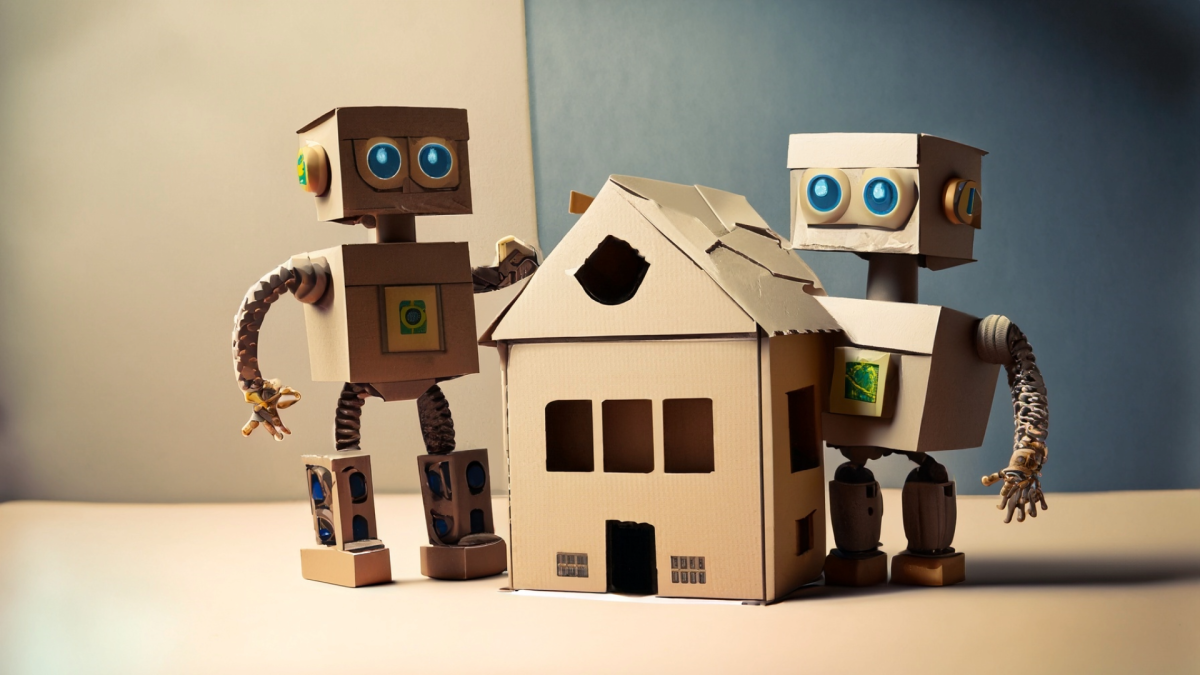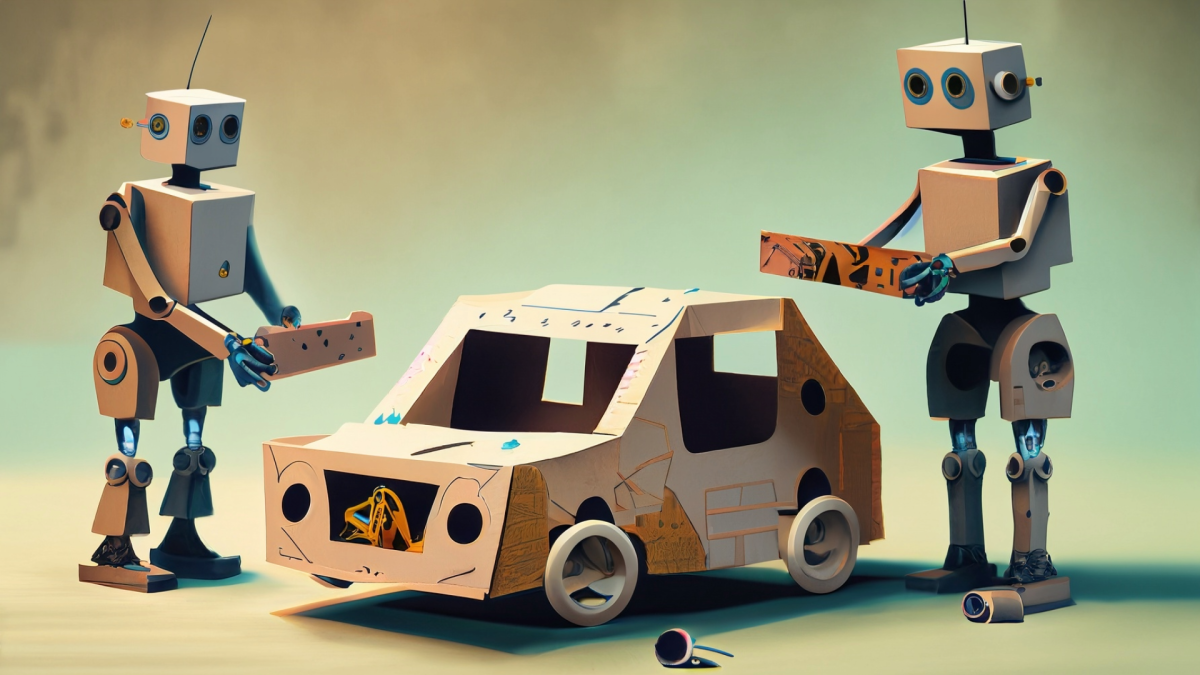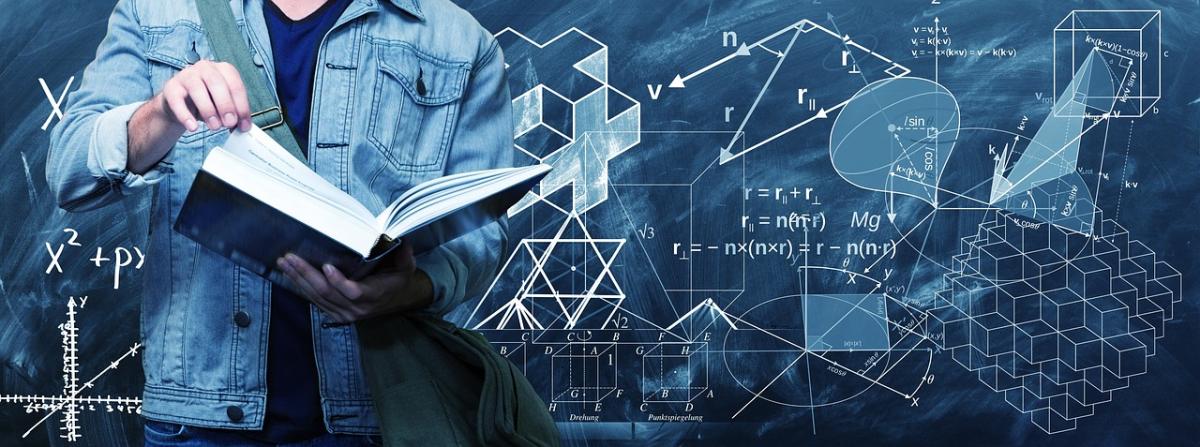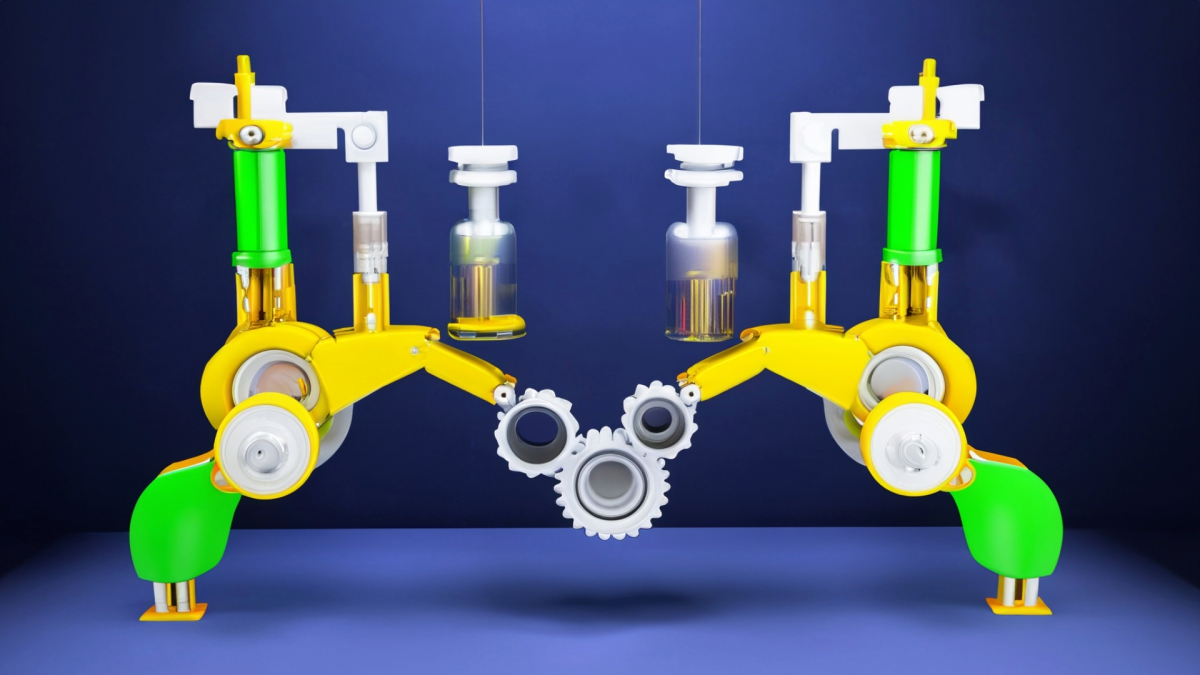
Grades:
6th Grade, 7th Grade, 8th Grade
Money, creative urge, ego, desire to help others, intellectual challenge and curiosity - inventors develop ideas for all of these reasons and all are valid, according to Invention City. During this

Grades:
6th Grade, 7th Grade, 8th Grade, 9th Grade, 10th Grade, 11th Grade, 12th Grade
Students will pick an issue that they think exists in the world and propose a solution via a presentation. This will model a TedTalk.

Grades:
6th Grade, 7th Grade, 8th Grade
In this project, students practice using scale by designing and crafting items for a model bedroom using a 1:12 scale ratio. They learn how to accurately shrink real-world dimensions down to miniature

Grades:
7th Grade
In this lesson students will learn about Frank Lloyd Wright's concept for Broadacre City and then create their own acre plot of land and home facade according to Frank Lloyd Wright's idea.

Grades:
6th Grade, 7th Grade, 8th Grade, 9th Grade, 10th Grade, 11th Grade, 12th Grade
In this lesson students use a Pocketlab Voyager to collect data on a toy car as it goes down a track. Analysing the data, students calculate gravitational potential energy and Kinetic energy of the

Grades:
6th Grade, 7th Grade, 8th Grade, 9th Grade, 10th Grade, 11th Grade, 12th Grade
This lesson is intended to be an introduction to teach students how to use the PocketLab Voyager. It covers how to connect the Voyager to your device, using Pocklab Notebook, collecting and analysing

Grades:
5th Grade, 6th Grade, 7th Grade
In this lesson, students will explore the concept of reflection in mathematics through the creation and design or original Rangoli patterns. Students will gain an understanding of reflectional

Grades:
6th Grade, 7th Grade, 8th Grade
In this lesson, students will learn about coding by using block coding in the Scratch Coding Interface to create their own projects. This is lesson 4 in a 4 lesson unit.

Grades:
6th Grade, 7th Grade, 8th Grade, 9th Grade, 10th Grade, 11th Grade, 12th Grade
Students use a GIS story map and hands on investigation to analyze the urban heat island effect in Phoenix.

Grades:
6th Grade, 7th Grade, 8th Grade, 9th Grade, 10th Grade, 11th Grade, 12th Grade
Students put together fossil bone cut outs to determine a prehistoric species before learning about the different ways scientists determine the physical characteristics of extinct organisms.

Grades:
7th Grade, 8th Grade, 9th Grade
I recently extended my lesson on my homesite lease, which involves land plots on the reservation. I covered the process of designing our land plot, including drawing elements such as homes, corrals

Grades:
6th Grade, 7th Grade, 8th Grade
This is a lesson designed for Edison Robots. Students will use the EdCreate kit to engineer the robot into an EdTank cotton ball launcher which represents a robot that assists in firefighting

Grades:
6th Grade, 7th Grade, 8th Grade
This is a lesson designed for Edison Robots. Students will collaborate in small groups to complete the challenge of coding the robot to represent a train with automatic headlights. A successfully

Grades:
7th Grade, 8th Grade, 9th Grade, 10th Grade, 11th Grade, 12th Grade
Students will apply principles of design, engineering, and mathematics to create a physical or digital labyrinth inspired by the myth of Theseus. This project integrates STEM concepts with literature

Grades:
5th Grade, 7th Grade
This lesson is all about force and the influence it has on the motion of an object. In this lesson plan, students will be challenged to design a sturdy paper human house that can withstand force (wind

Grades:
5th Grade, 7th Grade
This is a project to be used possibly at the end of a unit on Newton's Laws with discussions of how his laws apply to the painting and the motion of the pendulum. It can also lead to discussions of

Grades:
7th Grade, 8th Grade, 9th Grade, 10th Grade, 11th Grade, 12th Grade
This is an overview of Electronic Circuits, using TinkerCad to learn how to change components, add wires and connect a circuit. Three online simulation lessons are provided with the option to continue

Grades:
3rd Grade, 4th Grade, 5th Grade, 6th Grade, 7th Grade, 8th Grade
In this engaging and hands-on lesson, students will be introduced to the fundamental concept of microprocessors, often referred to as the "brains" of electronic devices. Using Micro:bits, a versatile

Grades:
3rd Grade, 4th Grade, 5th Grade, 6th Grade, 7th Grade, 8th Grade
In this engaging and hands-on lesson, students will explore the intersection of art and technology by designing and constructing a marker holder for a robot, allowing it to create artwork. Using the

Featured
Design a Course with Friction
Grades:
6th Grade, 7th Grade
In the second part of this lesson, students will now test how friction can change the speed of a RC car. Students will first test the RC car on three different surfaces of their choice and time them

Grades:
6th Grade, 7th Grade
In this part one of two lessons, students will test the pull force of a RC car on three different surfaces. Students will learn about friction in a hands-on activity and practice calculating the mean

Grades:
6th Grade, 7th Grade, 8th Grade
Calling all engineers, artists, scientists, and crafters! Our MAKER FAIRE is a venue for our “makers” to show off your talents, innovations, and creative solutions! Join the Maker Movement! Students

Grades:
6th Grade, 7th Grade, 8th Grade
This is an introductory lesson to binary and circuits. In this lesson, students will learn about binary code, logic gates, and how circuits enable computers to process binary code. This lesson is

Grades:
7th Grade, 8th Grade, 9th Grade, 10th Grade, 11th Grade
This is a lesson that can be taught in 5 days or one week. The lesson was put together in collaboration with the Smithsonian Science Education Center. It talks about global goals (one of which is food


